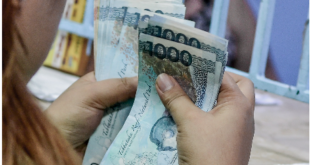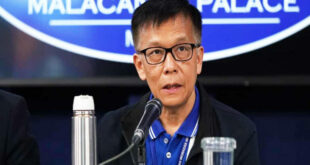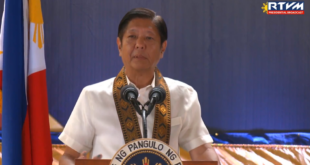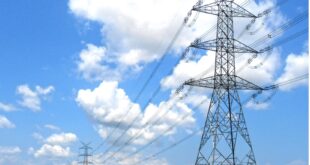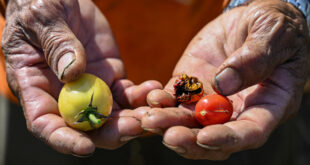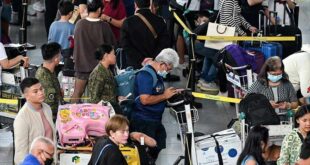
President Ferdinand Marcos Jr. on Thursday unveiled a six-year plan to elevate the country’s export game to compete more effectively with its neighbors.
“The best are here in Asia. They are our competitors,” President Marcos told reporters following the launch of the Philippine Export Development Plan in Taguig City.
“That is why we have to bring up our… export game a little bit and support our exporters so that they can compete in foreign markets. And that they are able to be not only suppliers but also industrial consumers of the products that are around the world,” he added.
In his speech during the event, Marcos stressed that the Philippines has been falling behind its ASEAN neighbors when it comes to trade.
“We still have to grapple with critical issues, such as a comparatively less-diversified export portfolio and trade barriers and frictions,” he said.
“I came across a rather eye-opening statistic… that 40 percent of all our exports are only one product. So the level of diversification is something that we have to look at and we have to improve in the coming years,” Marcos said.
Despite this, the President said he was confident that the industry was headed for a bright future, with $49 billion worth of revenues still untapped.
Aside from the PEDP, the Regional Comprehensive Economic Partnership (RCEP) would help the Philippines to boost its exports, Marcos said.
The RCEP, a free trade agreement among 15 countries, including the Philippines and its nine fellow member-states of the Association of Southeast Asian Nations (ASEAN), came into force on June 2.
Free trade agreements between the Philippines and South Korea, the European Union, and the United States were also in the works, Marcos said.
“The reason we are doing this is we want to open markets so that the Philippines will be able to export to and import from. So it’s not one way, it’s straight,” President Marcos said.
“And that is the most important thing. But what we have to do is to allow ourselves the restructuring of some of the elements that are within the law, that are within the rules so that we can compete on an even basis,” he added.
Under the PEDP, the Philippines aims to become a leading exporter in electronics, information technology and business process management, minerals, agricultural and agri-based products, transport products, wearables, fashion accessories, and travel goods, chemicals, and home furnishings by 2028.
The following industries would also be developed with an eye toward exports: industrial, manufacturing, and transport; technology, media, and telecommunications; health and life sciences.
“It has become clearer to us what the evolving export landscape looks like now. Our role in the global marketplace is becoming more apparent,” the President said.
Marcos said that with the signing of the Philippine Export Development Plan, the country formally begins the enforcement of the key strategies “to nurture the growth of our local export industry for the next six years, to transform it into a strong and highly competitive pillar of our economy.”
“It is correct that the DTI views our export industry as an economic linchpin,” he said, referring to the Department of Trade and Industry. “Indeed, this distinct sector holds together what could appear to be disparate components of our economy, but make them work in such well-coordinated and efficient manner so as to achieve a higher and practical objective.”
The country’s economic managers are thoroughly studying the best practices of other nations that have been successful in their free trade agreements for their exports, the President said.
He said learning from the successes of other countries will also be key to staying competitive in global export and trade.
Earlier this month, Marcos approved the plan, which aims to capitalize on export growth opportunities.
Trade Secretary Alfredo Pascual said the export plan is in line with the administration’s Philippine Development Plan, which Marcos approved in December last year.
The Philippine Development Plan aims to strengthen the country’s economic and social transformation from 2023 to 2028. — Vince Lopez
*****
Credit belongs to : www.manilastandard.net
 Atin Ito First Filipino Community Newspaper in Ontario
Atin Ito First Filipino Community Newspaper in Ontario
